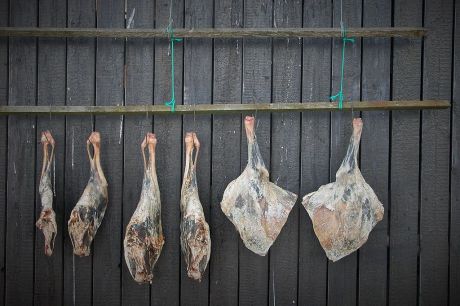The high salt content of the European diet, which is about twice that recommended by the World Health Organization (WHO), has become a major public health concern. As salt is important for preserving dry-cured foods like cold meats, it is not possible to eliminate it completely. Salt content can, however, be reduced without affecting taste or antimicrobial activity.
The EU-funded
PROCURED (PROCURED: Optimization of the salting process for the production of healthier and higher quality dry-cured meat products with reduced and more standardized salt content) project aims to reduce and standardise the amount of salt in dry-cured meats.
Industrial methods of salting meat tend to result in widely variable salt content due to variation in meat characteristics such as fat content and distribution. PROCURED therefore developed an inspection system to measure the structure of meat.
Researchers have produced a prototype that can determine quantities of lean meat and fat in fresh hams. This information will allow meat processing plants to use a specific amount of salt depending on meat composition, thereby reducing salting by about 25 %.
PROCURED also developed a non-destructive in-line measurement system to determine the amount of salt taken up by the meat after the salting period. This will allow meat producers to optimise quality control of their salted meats.
Meats with improved consistency and reduced salt content will be an attractive option for the health conscious consumer. Importantly, PROCURED's technology will allow meat products proven to contain 25 % less salt than average to be sold under the label reduced salt. This will provide a competitive advantage over other dry-cured meats.

